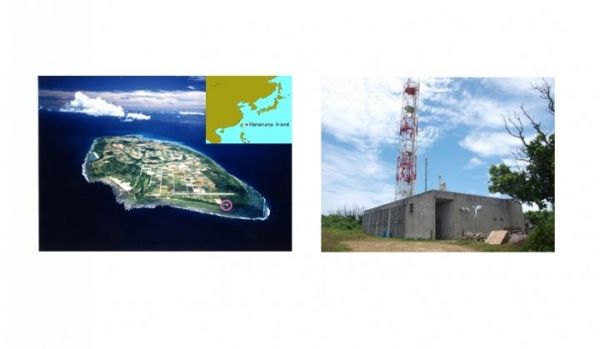Tracking emissions of anthropogenic greenhouse gases by atmospheric observations is a major challenge for policymaking, such as the Paris Agreement. Huge atmospheric observation networks comprised of a variety of platforms including satellites have been developed to monitor regional/country-scale changes in the anthropogenic greenhouse gas emissions. The outbreak of the new coronavirus (COVID-19) has been affecting the global socio-economic activity, leading to a significant reduction in fossil-fuel-derived CO2 (FFCO2) emissions and other anthropogenic air pollutants in the world. This situation gave us a unique opportunity to assess our ability to quantify the changes in the regional FFCO2 emissions using atmospheric observations. However, there are few reports of observational evidence for CO2 emission reduction due to the COVID-19 lockdown, although a large number of publications have reported reductions in short-lived air pollutants from various parts of the world.
In Scientific Reports by Nature Publishing, researchers from the National Institute for Environmental Studies (NIES), Japan, and the Japan Agency for Marine-Earth Science and Technology (JAMSTEC) analyzed atmospheric CO2 and CH4 concentrations observed at Hateruma Island, Japan, which is located in the continental margin of East Asia, and detected signals related to the FFCO2 reduction in China caused by the restrictions associated with the COVID-19 outbreak in January-March 2020.
Read more at: National Institute for Environmental Studies
Birds-eye view photo of Hateruma Island (left) and the monitoring station on the island (right). (Photo Credit: NIES)


